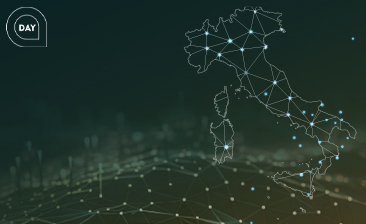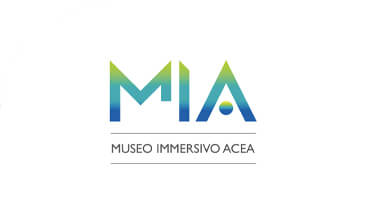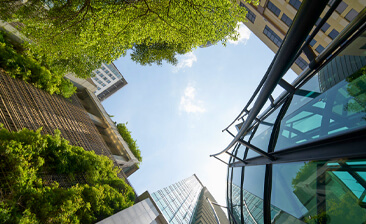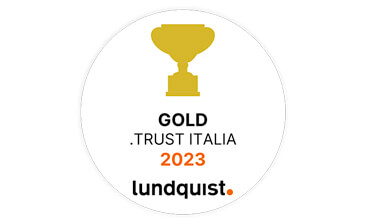
Acea for World Energy Saving Day
Renewable energy sources are energy sources not subject to depletion, characterised by a reduced environmental impact. For this reason, they play a fundamental role in achieving goal 7 of the 2030 Agenda.
Among the main renewable sources, we find solar energy, wind energy, hydroelectric energy, geothermal energy and energy produced from biomass.
Hydroelectric energy uses the power of water in motion or conveyed, often in dams: kinetic energy is produced by water falling from great heights or by the force of the water course, and then electricity is produced, thanks to special systems equipped with turbines and alternator.
Wind energy is obtained from the kinetic energy of a moving air mass by means of wind electricity generators (aerogenerators or wind turbines). These structures derive from windmills and consist of a pole and a "rotor" formed by some blades fixed on a hub. The task of these blades is to subtract part of its kinetic energy from the wind and transform it into mechanical energy which, through a generator, is converted into electricity.
Geothermal energy is produced from geological sources of natural heat coming from the deepest layers of the earth's crust. This heat is then transformed into electricity in geothermal plants which allow a fluid carrier (generally water or steam) to rise to the surface and move a turbine. Finally, through an alternator, the mechanical energy produced is transformed into electricity.
Solar energy is obtained from electromagnetic radiation from the sun and is of great importance for achieving goal 7 of the 2030 Agenda.
There are two main technologies that make it possible to transform the sun's energy: solar thermal panels and photovoltaic plants.
The latter play an increasingly important role in the Acea Group's sustainable development strategies to contribute in an increasingly concrete way to the decarbonisation process and to energy transition, thanks to the increase of electric energy produced from green sources.
Photovoltaic systems use incident solar energy – that is, the one that naturally reaches the surface of the Earth – and are composed of multiple modules formed by photovoltaic cells that receive sunlight and transform it into electricity by means of a semiconductor.
Acea has set itself the goal of significantly increasing its portfolio with approximately 747 MW of installed power from photovoltaic plants by the end of 2024, through the acquisition and construction of new plants.
Biogas is a renewable energy source that is obtained spontaneously from biomass, i.e., the biodegradable part of products from agriculture and related industries, from pruning urban greenery and from the biodegradable part of industrial and urban waste.
These materials, depending on their type, can be used directly or indirectly to produce electricity. The biogas production process is activated with the decomposition of the organic material by some types of bacteria and the subsequent production of carbon dioxide, hydrogen and methane (methanisation of organic compounds). From biogas, it is possible to produce electricity and thermal energy in a combined way through the aid of an engine (powered by biogas) connected to an electric generator.
The Acea Group is active in the field of circular economy with several plants, including an important hub for the integrated waste treatment in Orvieto and two plants dedicated to composting in Aprilia and Monterotondo Marittimo. In these plants, as well as in others, Acea produces electricity with the use of biogas obtained from the anaerobic digestion process of organic waste. Moreover, the biogas is naturally produced in the anaerobic digestion plants located in the purification plants.
Furthermore, Acea Ato 2, with a view to providing opportunities for water managers in the context of the circular economy, completed the upgrading of two plants capable of producing biomethane from the biogas produced by the anaerobic digestion processes of the civil wastewater purifiers in North Rome and East Rome. The biomethane produced is introduced into the gas distribution network managed by Italgas Reti.
Producing sustainable energy by contributing to the energy transition is essential for achieving goal number 7 of the 2030 Agenda. Acea participates concretely in this process through investments in renewable energy and the upgrading of existing structures and plants.
Discover the latest news and initiatives of the Acea Group

Acea for World Energy Saving Day

Visit the virtual museum about the history of the Acea Group

The channel for the commercial requests on land urbanisation

Acea turns the spotlight on the Rome Film Festival 2023

Acea is in the "Gold class" in the .trust research

Read more about our culture of inclusiveness